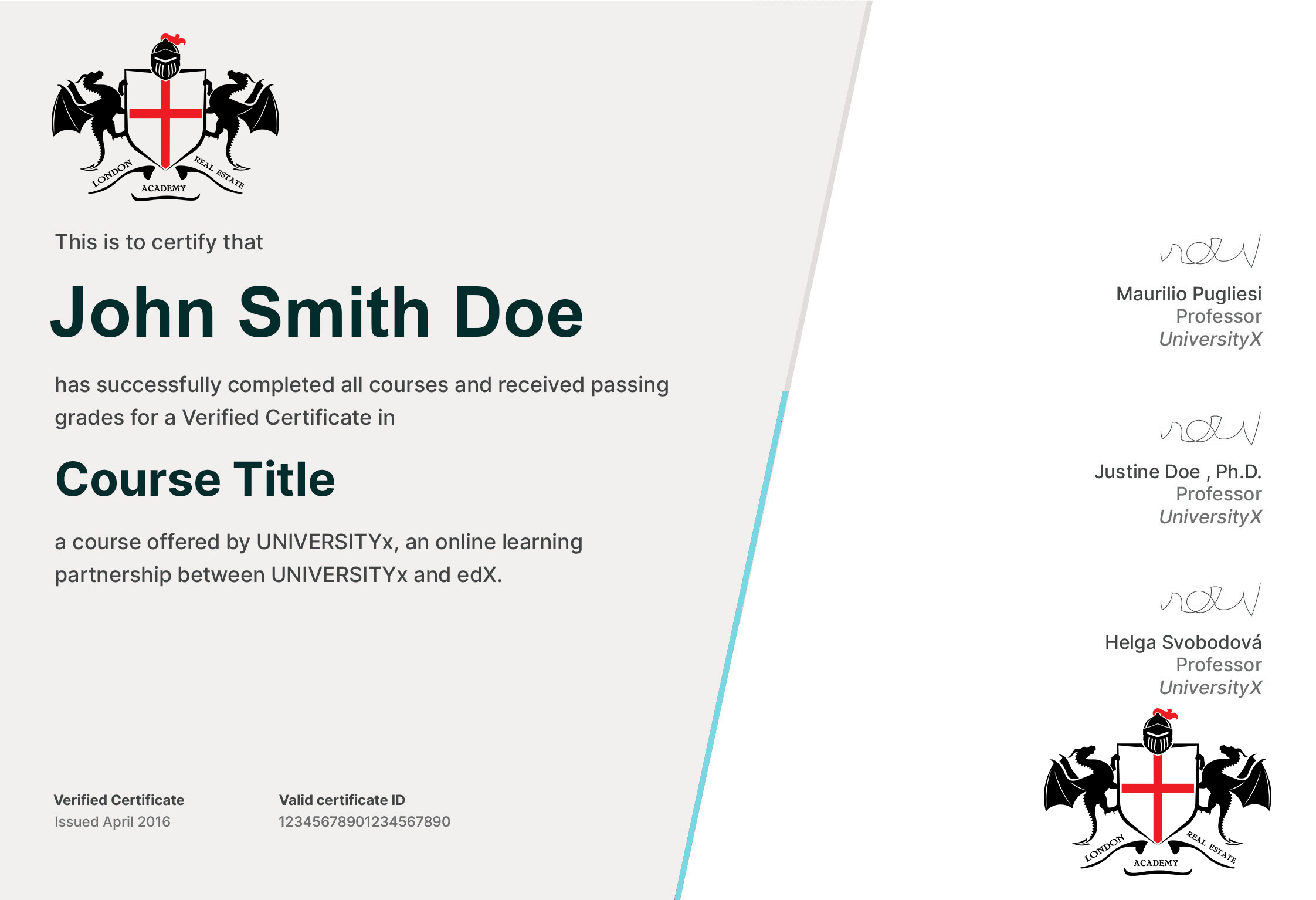Professional Certificate Course in Understanding the Basics of Real Estate Financial Statements and Auditing
About the course
This course provides an overview of financial statements and auditing, covering topics such as the purpose of financial statements, the different types of financial statements, the auditing process, and the roles and responsibilities of auditors.
After the successful completion of the course, you will be able to learn about the following;
- Understand the accounting concept, including its definition and its role in business.
- Identify the historical events and developments that have shaped financial accounting practices.
- Define financial statements and describe their purpose in financial reporting.
- Differentiate between the different types of financial statements, including balance sheets, income statements, cash flow statements, statements of changes in net assets, and notes to the financial statements.
- Explain the concept of auditing and its importance in ensuring the accuracy and reliability of financial statements.
- Trace the evolution of auditing systems over time and describe the key developments that have shaped modern auditing practices.
- Identify the different types of audits, including external, internal, and government audits.
- Describe the four phases of an audit cycle and the activities during each phase.
- Define the role of an auditor and identify the key skills and functions required to be an effective auditor.
Course details
This course provides a comprehensive introduction to financial accounting and auditing, covering the fundamental principles and concepts that underpin these fields. The course begins by exploring the concept of accounting and its historical development, providing students with a broad understanding of the role that accounting plays in business.
The course then delves into financial statements, examining the different types of financial statements organizations use to report their financial performance, including balance sheets, income statements, cash flow statements, and statements of changes in net assets. Students will learn how to read and interpret these financial statements and understand the key metrics and ratios used to assess a company's financial health.
Accreditation
All of our courses are accredited by the relevant partners and awarding bodies. Please refer to our information in about us for more details.Entry requirement
There are no strict entry requirements for this course. Work experience will be added advantage to understanding the content of the course.The certificate is designed to enhance the learner's knowledge in the field. This certificate is for everyone eager to know more and get updated on current ideas in their respective field. We recommend this certificate for the following audience.
- CEO, Director, Manager, Supervisor
- Accountants
- Auditors
- Financial analysts
- Investment analysts
- Business managers
- Entrepreneurs
- Financial consultants
- Tax professionals
- Bankers
- Students pursuing a degree in accounting or finance
Sample Certificate

Boost your career and your talents
With a validated certificate that demonstrates your learning, wow your employer.
Take up a challenge
All of us occasionally need an additional push. You stay motivated by working for a credential.
Let the world know about it
Using the special URL we give you, you may safely distribute your validated certificate to others.
Testimonials
Real stories. Real impact.
Read how our learners have gained new skills and achieved real growth and success.
Jessica M.
Enrolling in these short courses was a game-changer for my career. The knowledge I gained was invaluable, and it significantly enhanced my skill set.
Alex K.
I highly recommend these professional short courses. The content is top-notch, and the practical insights have been instrumental in my professional growth.
Emily P.
These short courses exceeded my expectations. The instructors are experts in their fields, and the hands-on approach to learning made a real difference.


















